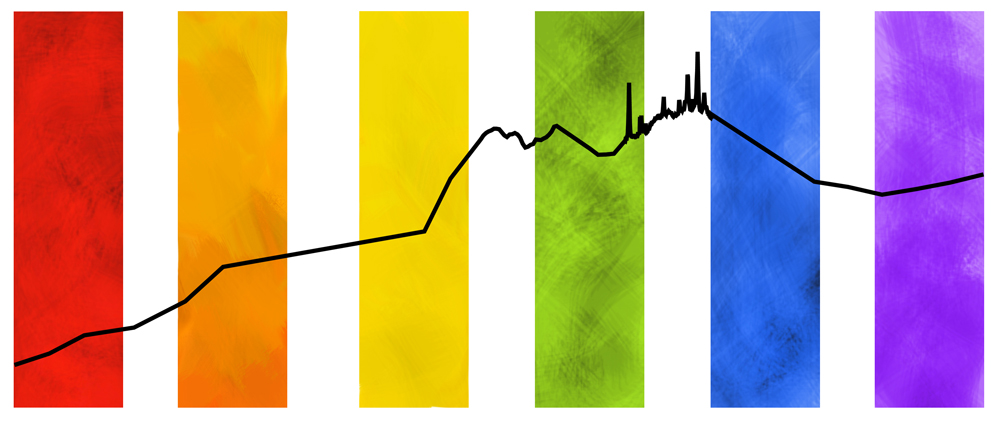There is a tentative lecture schedule below. The [links] are to documents that should be read prior to each lecture.
This information may not make sense at first, but as we discuss it in the lecture it will hopefully become clearer. The [pdf] next to each lecture name link to the lecture notes in PDF format.
Links to homeworks are posted in the "Homeworks" column. Homeworks are issued before the lecture they are posted beside and are due by uploading code to the Git repository two weeks later, before class at Tuesday at 09:30AM. Git is a public collaboration tool...all students' code (but not the grade that it achieved) will always be available to all other students in the class Git repository. If you are worried about other students copying your homework (and other) submissions, note that a simple "diff" in UNIX, and/or logging via "git diff", will make it obvious to me if another student has directly copied your submission. In fact, frequently uploading your code to the Git repository as you write and develop it will make it far harder for your work to be copied than uploading it in a single submission.
My hope is that you will learn collaboratively from each other's approaches. Science is a collaborative endeavor: This statement is fair warning that your work will be freely available to all other students in the class. Sharing knowledge and expertise in this way is intended in the spirit of scientific collaboration among your classmates.
